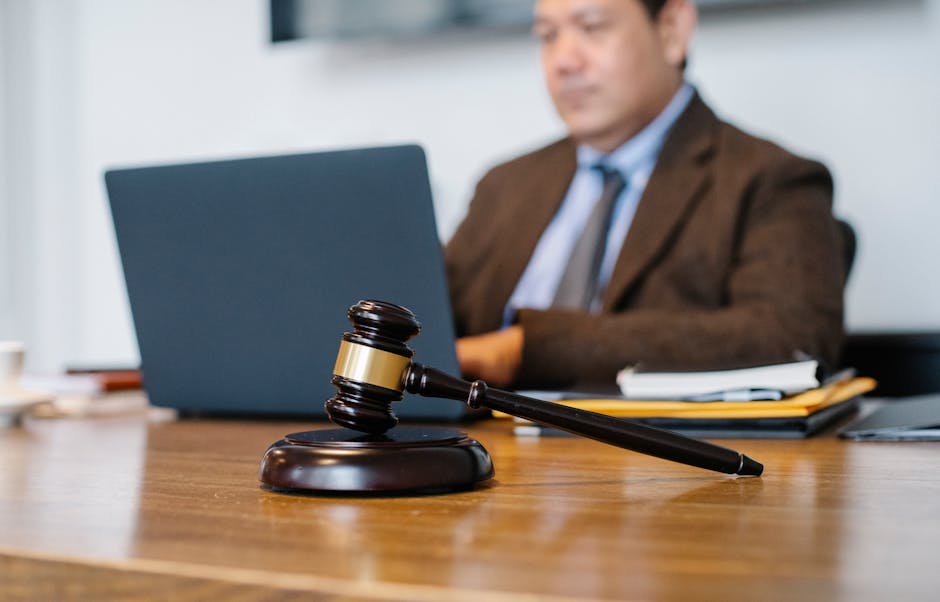
How Reliable Are Polygraph Examinations?
Polygraph examinations, commonly known as lie detector tests, have long been a topic of intrigue and controversy. Used in criminal investigations, employment screenings, and even reality TV shows, these tests are designed to detect deception by measuring physiological responses. But just how reliable are polygraph examinations? In this article, we will delve into the science behind polygraphs, examine their accuracy, and explore their real-world applications.
The Science Behind Polygraph Examinations
Polygraph examinations work on the premise that deceptive answers will produce physiological responses that can be measured and recorded. These responses typically include changes in heart rate, blood pressure, respiratory rate, and skin conductivity. The polygraph machine records these physiological changes, and a trained examiner interprets the results to determine whether the subject is being truthful.
How Polygraph Machines Work
A polygraph machine consists of several components: pneumographs, which measure respiratory activity; a cardiograph, which tracks heart rate and blood pressure; and galvanometers, which assess skin conductivity. During the test, the subject is asked a series of questions, and their physiological responses are recorded. The examiner then analyzes these responses to identify patterns that may indicate deception.
The Role of the Examiner
The accuracy of a polygraph examination heavily depends on the skill and experience of the examiner. A well-trained examiner can detect subtle physiological changes and differentiate between responses caused by deception and those triggered by anxiety or other emotions. However, this reliance on human interpretation introduces a level of subjectivity that can affect the test’s reliability.
The Accuracy of Polygraph Examinations
The accuracy of polygraph examinations is a contentious issue. While proponents claim high accuracy rates, critics argue that the tests are far from infallible. Several factors can influence the accuracy of a polygraph examination, including the subject’s psychological state, the examiner’s expertise, and the testing conditions.
Statistical Analysis
Studies on the accuracy of polygraph examinations have produced mixed results. According to a comprehensive review by the National Research Council, the accuracy rates of polygraph tests in detecting deception range from 70% to 90%. However, this wide range highlights the variability in test results and the potential for false positives and false negatives.
False Positives and False Negatives
A false positive occurs when a truthful person is incorrectly identified as deceptive, while a false negative happens when a deceptive person is incorrectly classified as truthful. These errors can have serious consequences, particularly in criminal investigations and legal proceedings. For example, a false positive could lead to the wrongful conviction of an innocent person, while a false negative could allow a guilty individual to escape justice.
Real-World Applications of Polygraph Examinations
Despite the controversy surrounding their accuracy, polygraph examinations continue to be used in various fields. Understanding the contexts in which these tests are employed can provide insight into their perceived reliability and limitations.
Criminal Investigations
Polygraph tests are often used in criminal investigations to help identify suspects and gather information. While the results are generally not admissible as evidence in court, they can be used as an investigative tool to guide further questioning and inform decision-making. However, the reliance on polygraph results in criminal investigations is debated, given the potential for errors and the impact on individuals’ lives.
Employment Screenings
In certain industries, such as law enforcement and security, polygraph examinations are used as part of the hiring process to screen candidates for trustworthiness and reliability. Employers may use the results to assess an applicant’s honesty, loyalty, and potential for misconduct. However, the use of polygraphs in employment screenings raises ethical and legal concerns, particularly regarding privacy and the potential for discrimination.
Reality Television and Pop Culture
Polygraph tests have also made their way into popular culture, featuring prominently in reality TV shows and entertainment media. While these portrayals often dramatize the process and results, they can shape public perceptions of polygraphs and their reliability. It’s important to recognize that the use of polygraphs in entertainment is typically for dramatic effect and may not accurately reflect their real-world applications and limitations.
Actionable Tips for Understanding Polygraph Reliability
While polygraph examinations can provide valuable information, it’s crucial to approach their results with caution. Here are some actionable tips for understanding and interpreting polygraph reliability:
1. Consider the Context
When evaluating polygraph results, consider the context in which the test was conducted. Factors such as the subject’s psychological state, the examiner’s expertise, and the testing conditions can all influence the accuracy of the results. Be mindful of these variables when interpreting the findings.
2. Look for Corroborating Evidence
Polygraph results should not be relied upon in isolation. Look for corroborating evidence that supports or contradicts the findings. This can include witness statements, physical evidence, and other investigative tools. A holistic approach to evaluating evidence can help mitigate the risk of false positives and false negatives.
3. Understand the Limitations
Recognize that polygraph examinations have inherent limitations and are not foolproof. Be aware of the potential for errors and the factors that can influence the accuracy of the results. This awareness can help you make informed decisions about the weight and significance of polygraph findings.
4. Seek Expert Opinions
If you have concerns about the reliability of a polygraph examination, consider seeking the opinion of an independent expert. A qualified polygraph examiner can provide a second opinion and offer insights into the test’s accuracy and interpretation. This can be particularly valuable in high-stakes situations, such as legal proceedings and employment decisions.
Conclusion
Polygraph examinations are a fascinating and complex tool for detecting deception. While they can provide valuable insights, their reliability is influenced by various factors, including the subject’s psychological state, the examiner’s expertise, and the testing conditions. By understanding the science behind polygraphs, considering the context of the test, and seeking corroborating evidence, you can make more informed decisions about the reliability and significance of polygraph results. Ultimately, while polygraph examinations have their limitations, they remain a useful tool in certain contexts when used with caution and a critical eye.
